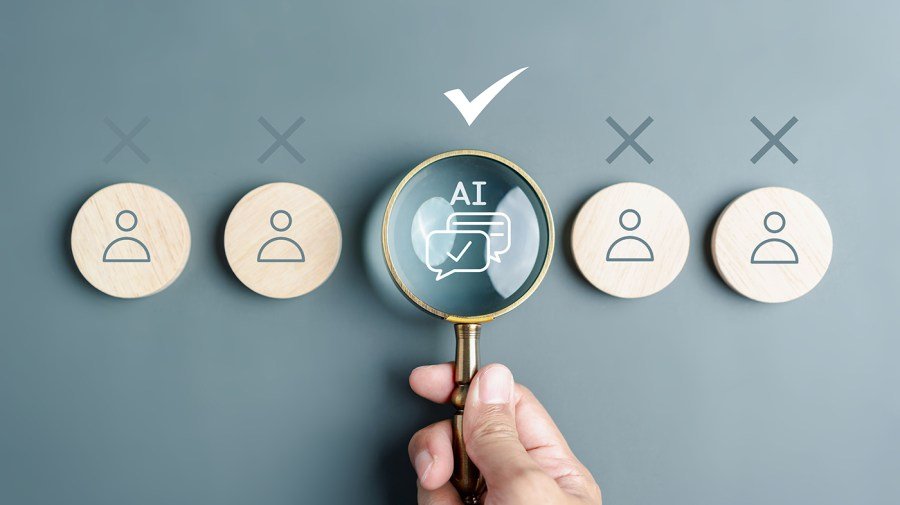Here’s what to know about how AI could change the labor market:
What are business leaders saying?
The predictions from leading executives on the impact of AI have varied wildly since the technology first took the world by storm in late 2022, with the public release of OpenAI’s ChatGPT.
Anthropic CEO Dario Amodei warned in an interview with Axios in May that AI could wipe out half of entry-level white-collar jobs, resulting in unemployment rates of 10 percent to 20 percent within five years.
In a note to employees in June, Amazon CEO Andy Jassy said he anticipates that AI will reduce the e-commerce giant’s corporate workforce and “change the way our work is done.”
However, others are a bit more skeptical about claims of dramatic job losses and disruption.
“The hard part about this is, I think it will happen faster than previous technological changes,” OpenAI CEO Sam Altman said on The New York Times “Hard Fork” podcast in June. “But I think the new jobs will be better, and people will have better stuff.”
“And the take that half the jobs are going to be gone in a year or two years or five years or whatever, I think that’s not how society really works,” he added.
What’s happening now?
For all the forecasting about AI, the impact isn’t reflected in the data quite yet, experts told The Hill.
A recent analysis from the Economic Innovation Group found no meaningful impacts from AI on the labor market across several different measures.
“It’s just not there,” said Nathan Goldschlag, director of research at the Economic Innovation Group who co-authored the analysis. “That’s not to say it won’t be right. It’s just we can’t — it’s very hard to justify the claim that AI right now is totally, fundamentally reordering the labor market.”
Check out a full report at TheHill.com.

